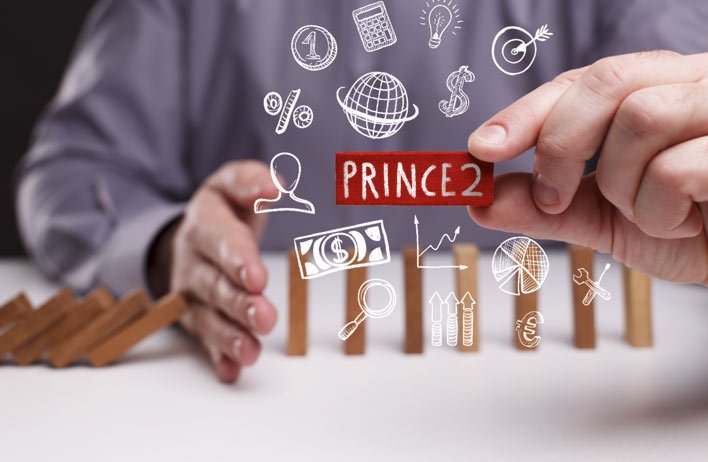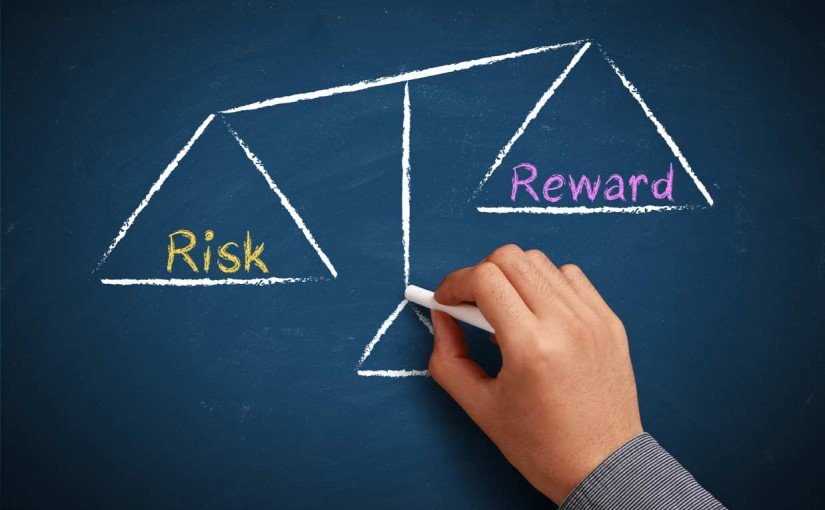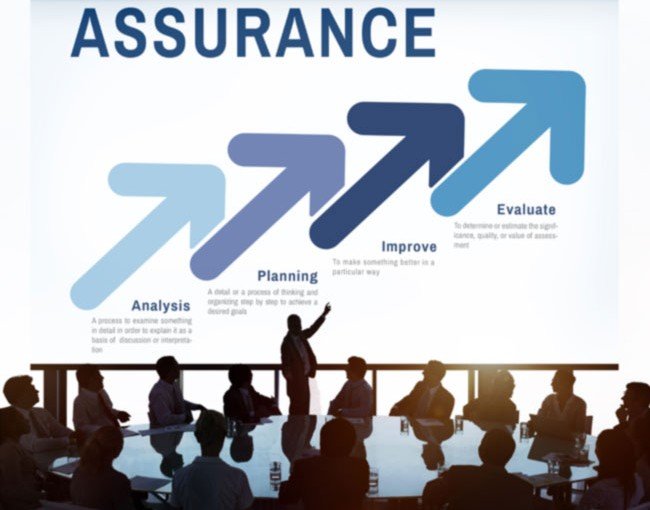PRINCE2 is one of the most comprehensive methodologies for risk management. It quantifies risk by likelihood and impact, making for effective management. PRINCE2 defines ‘risk’ as something that could become either an issue or an opportunity. So risk can be both positive and negative for a project. It also helps understand the full impact of risk. This extends beyond the project, to show how it can effect long-term business goals. No matter the probability, implications or nature of risk, PRINCE2 enables managers to handle it effectively. Here are the 4 main ways PRINCE2 helps manage risks successfully:
Category: English
In a 2007 article for Harvard Business Review, John P Kotter introduced a statistic that has been both a source of panic, and a stimulus for best practice: 70% of change management initiatives fail. PRINCE2 is capable of bucking this ongoing trend. The potential for successful change is always there. Unfortunately, so are the obstacles, such as stakeholder conflict and ill-defined goals. These 6 tips will help you fend off any resistance to your proposed change.
In project management, the word ‘risk’ is always approached with trepidation. Amidst this anxiety managers often forget that not all risks are negative. In fact, positive risks are more common than you may think. The PRINCE2 methodology distinguishes the two, saying that negative risks pose a ‘threat’ but positive risks contain an ‘opportunity’. This blog will highlight several examples of positive risk, best practice tips on managing them, and how positive risks can become negative if not handled correctly.
How global is PRINCE2? Depending on where you work, or want to work, this is an important question for project managers. While PRINCE2 started in the UK, it was always designed with a global scope. That has helped it get adopted by the United Nations, NATO and other international bodies. PRINCE2 is the de facto project management methodology, but where is it most common?
Assurance is when the project board objectively assesses a project’s performance. This assessment considers whether users’ requirements are being met, and if the project’s intended benefits outweigh its costs. In spite of this, project assurance remains an underutilised aspect of PRINCE2. In their annual Pulse of the Profession Report (2015), the Project Management Institute reported that inadequate requirements management was the cause of failure for 47% of unsuccessful projects. These 3 benefits should remind project managers and their teams of the ongoing importance of project assurance.
In a previous blog, we talked about PMI’s most recent report on project management. It celebrates the increasing success of projects, crediting a lot of it to sponsor engagement. Since we already discussed how to engage sponsors with PRINCE2 tools, now we’ll turn the tide and talk about what’s expected of executive sponsors.
PRINCE2 has facilitated the success of projects across a wide range of sectors, for companies of all sizes across the world. This dispels any misconceptions that PRINCE2 is a one-size-fits-all approach. The reality is that companies are ‘tailoring’ PRINCE2 to make it the best fit for achieving their unique project goals. This blog will explore what it means to tailor PRINCE2, what can be tailored, and what must remain the same.
Our previous blog showed how to apply positive project management habits to PRINCE2. Now, we’ll look at the other side of the coin. Although project success rates are growing, project managers still struggle with many common pitfalls. Here are some of the ways PRINCE2 can prepare you for them.
PMI’s most recent Pulse of the Profession report focused on the rising success rates of projects. They identified trends that wasted 20% less money than the previous year. Here, we detail some of these positive trends and tell you how to apply them to your own PRINCE2 projects.
The Product Description and Project Product Description are two different things, despite the similar names. The Product Description details a project’s component parts, while the Project Product Description details the final product. Here, we explain both types of description in depth and even provide templates to make producing them easier.











